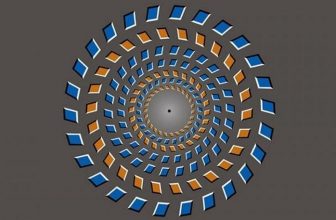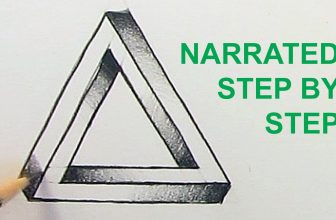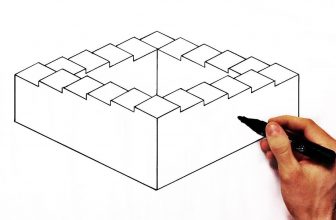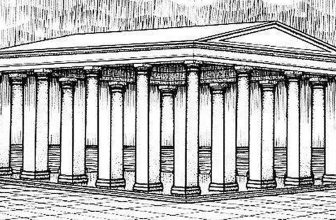Vanitas Vanitatum, Omnia Vanitas
A biblical phrase was the inspiration for Charles Gilbert’s allegorical and ambiguous illusion. The phrase translates as; “Vanity of vanities, all is vanity.” It is from Ecclesiastes 1:2, in which King Solomon expounds upon the vanities of the world. Charles Allen Gilbert completed the classic black & white illusion in 1892. It can be seen as a pretty girl admiring her reflection in a mirror, or; as an ominous skull in the background. The tableau is exquisite and the message is clear.
It is an Ambiguous drawing because both aspects share the same picture elements. It can be seen either way depending on the whim of the senses. Just as the next moment is ambiguous; at the whim of fate until we percieve it.
The print was first introduced to a mass market in 1902, in a 5-cent monthly railway pamphlet; a confectionary book of recipies, cartoons and poems. The drawing eventually became a commercial success as people clambered for copies. All is Vanity today, remains the most reproduced optical illusion in history.
Rebekah Baines Johnson, elocution teacher and mother of the 36th US president Lyndon B. Johnson, was said to have referred to the print often n her small Texas classroom.
Charles Allen Gilbert is credited with many artistic contributions during his commercial career, including several covers for the Saturday Evening Post. However, more famous contemporary artists such as Alexander Flagg, Andrew Wyeth, and Norman Rockwell captured much of the limelight, and Gilbert spent much of his career in relative obscurity. He died in 1923, having never produced another optical illusion drawing.
Sadly, many reproductions of the Vanity are now copies of copies of copies, and this has greatly diluted print quality over the last hundred years. Our Vanity print is one of the finest reproductions available.





